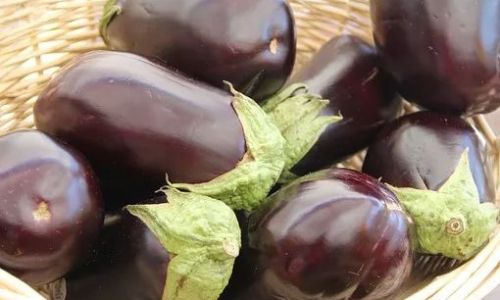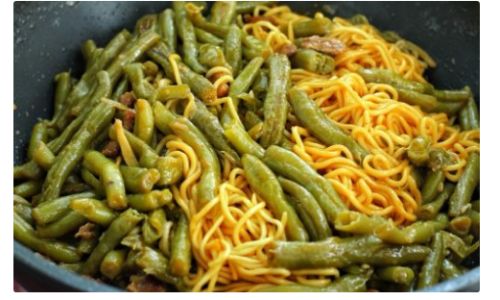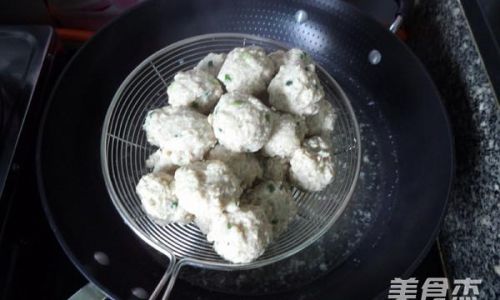Introduction
Eggplants, also known as aubergines, are a versatile vegetable used in numerous culinary dishes worldwide. Their meaty texture and mild flavor make them an excellent choice for grilling, baking, stir-frying, and even pickling. However, like many fresh produce items, eggplants can spoil quickly if not stored properly. Proper storage techniques can significantly extend their shelf life, ensuring you can enjoy their nutritious benefits and delicious taste for longer. This article will delve into various methods to prolong the shelf life of eggplants, from selecting the right ones at the market to storing them effectively at home.
Choosing the Right Eggplants
The first step in prolonging the shelf life of eggplants is selecting high-quality specimens at the grocery store or farmers’ market. Here are some tips to help you pick the best eggplants:
-
Appearance: Look for eggplants with smooth, glossy skin that is free of blemishes, bruises, or soft spots. The color can vary depending on the variety, but it should be uniform and vibrant.
-
Firmness: Give the eggplant a gentle squeeze. It should feel firm and have a bit of give but not be overly soft. Overripe eggplants will feel mushy.

-
Stem and Cap: If possible, choose eggplants with the stem and cap still attached. This indicates freshness and can sometimes provide additional clues about how long the eggplant has been harvested.
-
Size: While size doesn’t necessarily indicate quality, larger eggplants tend to have more seeds, which can affect the texture when cooked. Smaller to medium-sized eggplants often have a more tender flesh.
-
Scent: Fresh eggplants should have a faint, earthy aroma. Avoid any that smell musty or have an unpleasant odor.
Immediate Handling After Purchase
Once you’ve selected your eggplants, it’s crucial to handle them properly to maintain freshness. Here are some immediate steps to take:
-
Inspect and Sort: As soon as you get home, inspect each eggplant carefully. Separate any that have visible damage or are not up to standard, as these will spoil faster.
-
Refrigeration Decision: While some sources recommend refrigerating eggplants, others advise against it, as it can alter their texture. If you plan to eat the eggplants within a few days, storing them at room temperature in a cool, dark place is sufficient. However, if you need to keep them for longer, refrigeration can be beneficial, especially in warmer climates.
-
Do Not Wash Until Ready to Use: Washing eggplants before storing them can promote spoilage by introducing moisture and bacteria. Only wash them under running water right before you plan to use them.
Storage Techniques
Room Temperature Storage
For short-term storage (up to three days), place eggplants in a cool, dark corner of your kitchen or pantry. Avoid areas with direct sunlight or high humidity, which can cause them to spoil quickly.
Refrigeration
For longer-term storage (up to a week), you can refrigerate eggplants. Here’s how:
-
Wrap Individually: Wrap each eggplant loosely in paper towels or place them in a perforated plastic bag to allow for some airflow. This helps absorb excess moisture and prevents condensation.

-
Crisper Drawer: Store the wrapped eggplants in the crisper drawer of your refrigerator, where the temperature is more stable and humidity is controlled.
Freezing
While freezing isn’t typically recommended for whole eggplants due to texture changes, you can freeze eggplant puree, slices, or diced pieces for later use in cooked dishes. Here’s a basic guide:
-
Preparation: Wash and chop the eggplant as desired. Blanch it in boiling water for about two minutes to deactivate enzymes that cause spoilage and help retain color.
-
Cool and Drain: Plunge the blanched eggplant into ice water to stop the cooking process. Drain well and pat dry with paper towels.
-
Freezing: Spread the pieces in a single layer on a baking sheet and freeze until solid. Transfer to freezer bags or containers, removing as much air as possible to prevent freezer burn.
Canning and Pickling
For long-term preservation, consider canning or pickling eggplants. These methods involve processing the eggplants in a hot water bath or vinegar solution to create an environment hostile to bacteria. While they require more time and equipment, they can yield delicious, shelf-stable products.
Monitoring and Usage
Regularly check your stored eggplants for signs of spoilage, such as discoloration, soft spots, or mold. Use them up promptly once you notice any changes in texture or aroma. When preparing eggplants, cut away any bruised or moldy parts, but be cautious, as mold can spread internally and affect the entire vegetable.
Conclusion
By following these tips for selecting, handling, and storing eggplants, you can significantly prolong their shelf life and enjoy their unique flavor and nutritional benefits for longer. Whether you opt for room temperature storage, refrigeration, freezing, or preservation methods like canning and pickling, the key is to act quickly and store them properly to maintain freshness. With the right techniques, you can keep eggplants in optimal condition, ready to be transformed into delicious meals whenever you need them. Happy cooking!






0 comments